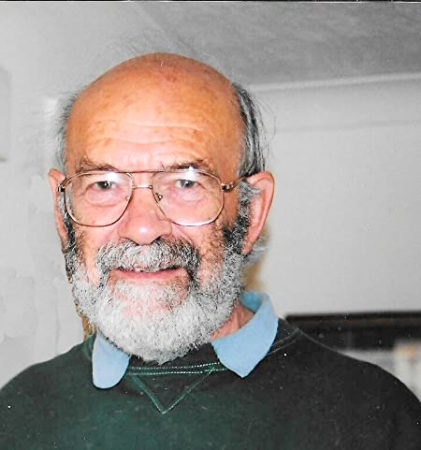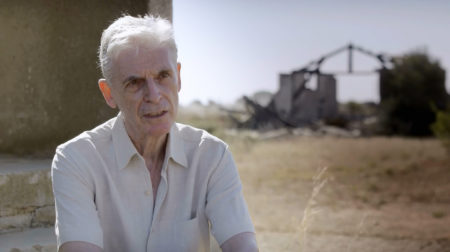I’m very pleased to welcome Bernard S. Wilson as our guest blogger today. Bernard is British and a retired university lecturer. Graduating from the University of London with a Bachelor of Divinity and a MA in education from the University of Leeds, Bernard’s professional life was centered around teaching children in secondary and grammar schools.

For seven years, Bernard undertook research into the story of Mary Elmes. He uncovered the details showing that she saved Jewish children from deportation at the risk of her life. Professor Ronald Friend, one of the boys Mary saved, presented Bernard’s information to Yad Vashem in Jerusalem which resulted in Mary’s posthumous honor as “Righteous Among the Nations” in 2013.

Bernard is the author of several books including the children’s book, Miss Mary. In addition to contributing to documentaries, Bernard was a consultant for two biographies on Mary Elmes⏤A Time to Risk All (Clodagh Finn) and The Extraordinary Story of Mary Elmes (Paddy Butler). Read More Miss Mary: The Irish Oskar Schindler
